It’s no easy task ranking the best footballers of all-time.
What criteria should be used to rate them?
Generally it is hard to compare footballers from different decades but who would be selected for an all-time Tayside-born and all-time Fife-born XI?
Some of Courier country’s most beloved sons include Jim Baxter, Peter Lorimer and Charlie Cooke but how many others have you forgotten?
Who would be the first name on the team sheet?
The Dundee FC and Grey Lodge Football Memories groups decided to take up the task of putting together the greatest XI but did they get it right?
Both groups were quite knowledgeable on the subject with a few of the members having previously managed and played for some of the top junior teams.
They have pulled together the 1-11 of the greatest players, along with seven substitutes and a manager, while highlighting some of the players who didn’t make the cut.
So here’s the Courier Country team in the attacking 4-4-2 formation!
Bill Brown
Arbroath-born William Dallas Fyfe Brown was still only 20 when he played for Dundee in their 3-2 League Cup Final win against Rangers in 1951.
He played for Scotland in the 1958 World Cup before being sold to Tottenham in 1959 for £16,500, at a time when the average British house cost £2,410.
He went on to star for the Spurs team that won the English League and FA Cup double in 1960-1961 and the FA Cup and European Cup Winners’ Cup in 1962.
Maurice Malpas
Malpas was born in Dunfermline in 1962 and the first of many senior honours came his way when the Tangerines won the 1982-83 League Championship.
He won a Uefa Cup runners-up medal in 1987, and, eventually, that elusive Scottish Cup winners medal in 1994, when he captained the side.
He won a club record 55 caps for his country.
Bobby Cox
Cox was born in Dundee in 1934.
A tiger in the tackle, Cox was the captain of Dundee’s greatest-ever side, which won the 1961-62 League Championship and reached the semi-final of the European Cup.
Despite his successes with Dundee, Bobby was never capped for Scotland.
David Narey
A member of the Dundee United side that won the League Cup in 1979 and 1980, then the Premier League title in 1983, Narey was surrounded by a multitude of greats.
Ask any of them who was the best, however, and to a man they would answer it was Narey, who scored a wonder goal for Scotland against Brazil in the 1982 World Cup.
And his manager, Jim McLean, not a man to hand out praise easily, believed his central defender was world class.
Derek Johnstone
The ex-Linlathen High pupil grew up in Dundee’s Fintry estate.
He was in the Rangers team that won the Cup Winners’ Cup in 1972 and, domestically, won three League Championships, five League Cups and five Scottish Cups.
Johnstone scored 210 goals in 546 games for Rangers and won 14 caps for Scotland.
Jim Baxter
The son of a Fife miner, Baxter grew up in Hill of Beath, where his talent was first spotted by Crossgates Primrose scout Willie Butchart.
Primrose signed Slim Jim for just 50 shillings and he went on to play for Raith Rovers as the prelude to a glittering career with Rangers and Scotland.
Baxter led England a merry dance at Wembley in 1967 when his keepie-uppie exhibition became the stuff of legend.
Peter Lorimer
Peter Lorimer burst into tears every time he left Dundee when he first went to play for Leeds United as a 15-year-old boy in 1962.
He would overcome homesickness to become the club’s youngest debutant before going on to make more than 700 appearances and score a record 238 goals for Leeds.
In addition to success at Leeds, Lorimer won 21 caps and scored four goals for his country, which he represented at the 1974 World Cup finals in Germany.
Jimmy Gabriel
Ex-Lawside Academy pupil Jimmy Gabriel was born in Dundee in 1940.
He made his first team debut for Dundee in August 1958 against Motherwell before new manager Bob Shankly accepted Everton’s £27,000 offer for the 19-year-old in 1960.
Gabriel earned two caps for Scotland and enjoyed a stellar playing career at Goodison Park before spells with Southampton, Bournemouth and Seattle Sounders.
Charlie Cooke
Brought as a replacement for Alan Gilzean for £40,000 in 1964, ‘Bonnie Prince Charlie’ was sold to Chelsea for a then-club record of £72,000 in 1966.
The Fifer won the FA Cup and the European Cup Winners’ Cup during his time in West London where he was nicknamed the Magician, the Maestro and the Wizard.
He won 16 caps for Scotland during a 25-year professional career that also included a spell with Crystal Palace before ending his days in the United States.
Alan Gilzean
He struck nine times in the European Cup for Dundee, outscoring the great Eusébio, after firing the Dark Blues to their first-ever top division title.
Gilzean scored 169 goals in 190 games for Dundee before signing for Tottenham in 1964, where he won the 1967 FA Cup, two League Cups and the 1972 Uefa Cup.
He bagged 12 goals in 22 matches for his country.
Gordon Wallace
Quite simply a goal machine who held the Scottish domestic goals record until he was finally passed by Ally McCoist late in his career.
Despite this achievement Wallace was never capped for Scotland.
Wallace is best remembered for his winning goal in that 1973 League Cup Final and, later in his career, he would play an important role in moulding a young Paul Sturrock into a top-class striker at Dundee United.
So who were the substitutes?
Substitutes were Hamish McAlpine, John McGovern, Charlie Adam, Ralph Milne, Lee Wilkie, Christian Dailly and Andy Penman.
Was McGovern unlucky not to win a place in the side?
Brian Clough signed the then-16-year-old at Hartlepool United.
The pair then won the English league title with Derby County in 1972, but it was their spell together at Nottingham Forest that brought the most success.
With Montrose-born McGovern as captain, they won the league in 1978 and this was soon followed by back-to-back European Cup wins in 1979 and 1980.
So who was chosen to manage these 18 greats from Courier country?
Archie Knox was given the top job alongside assistant manager Jim Leishman.
Poetic justice?
George Laidlaw, Tayside & Fife regional co-ordinator for Football Memories, said: “We had two really good sessions and quite a discussion.
“Football is about opinions and we certainly heard a few.
“Well, how right or wrong were they? All they could really do was have a go and they’ll have to await the messages wondering why you left out so-and-so!
“There were an equal number of Dundee and Dundee United fans at both sessions, as you may guess from some of the choices in our 1-11.
“Voting was split down the middle for goalkeeper with equal support to Bill Brown and Hamish McAlpine so they are getting half a game each!
“There was total agreement between the groups for all the other positions except the centre-half position, which was eventually given to Derek Johnstone.
“Lee Wilkie and Christian Dailly were close second-equal to partner David Narey with votes also being cast for Craig Levein, Bobby Glennie and Andy Webster.
“Although centre-half was his preferred position, Johnstone scored more than 200 goals for Rangers from centre-forward so I expect that will be another talking point!
“There was mixed support for Jim Baxter. He was not viewed by some as a team player but scraped into the team, which agrees with Ian Ure’s observation last month.
“A highly rated player was Frank Munro yet he didn’t even get on the bench, nor did Bobby Moncur who was skipper of the successful 1960s Newcastle team.
“The manager with most support was Archie Knox, although most said he did his best work as an assistant to Sir Alex Ferguson and Walter Smith.
“The choice to sit alongside him on the bench was split.
“Craig Levein received support while John Duncan was highlighted for his work at Chesterfield and Scot Symon from Rangers was mentioned in dispatches.
“Gordon Wallace was assisting one of the groups but did not influence the choices – even though he ended up being chosen as skipper!”
So the final word must go to the man with the captain’s armband.
Would he have liked to play in this team?
Wallace replied: “Not half!”
- Football Memories, in partnership with Alzheimer Scotland is an initiative aimed at giving older people the chance to meet and reminisce about the beautiful game.
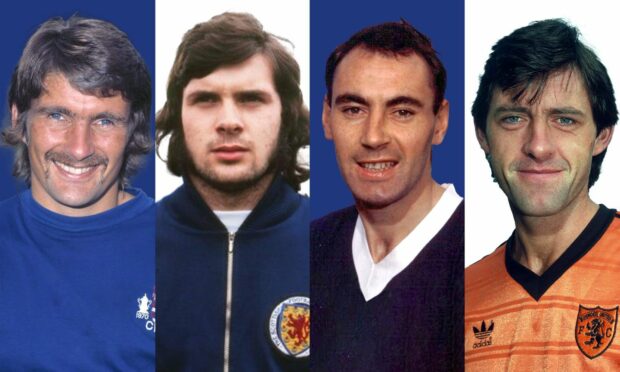
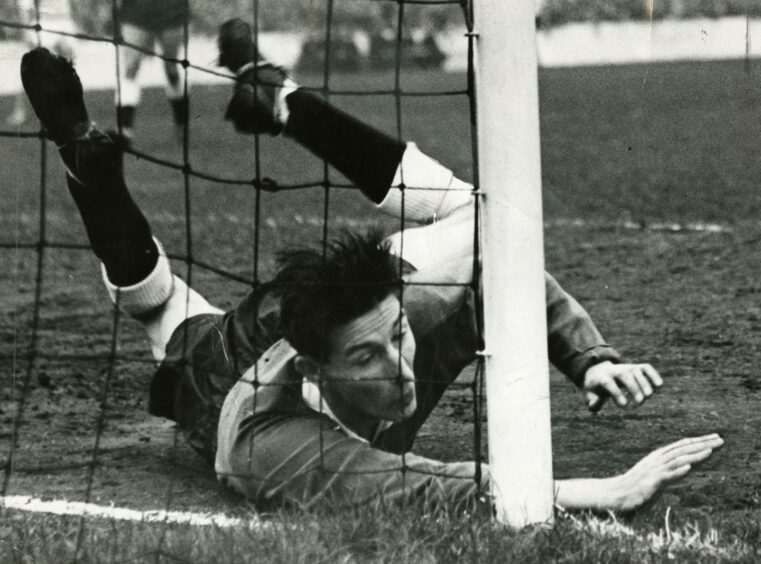
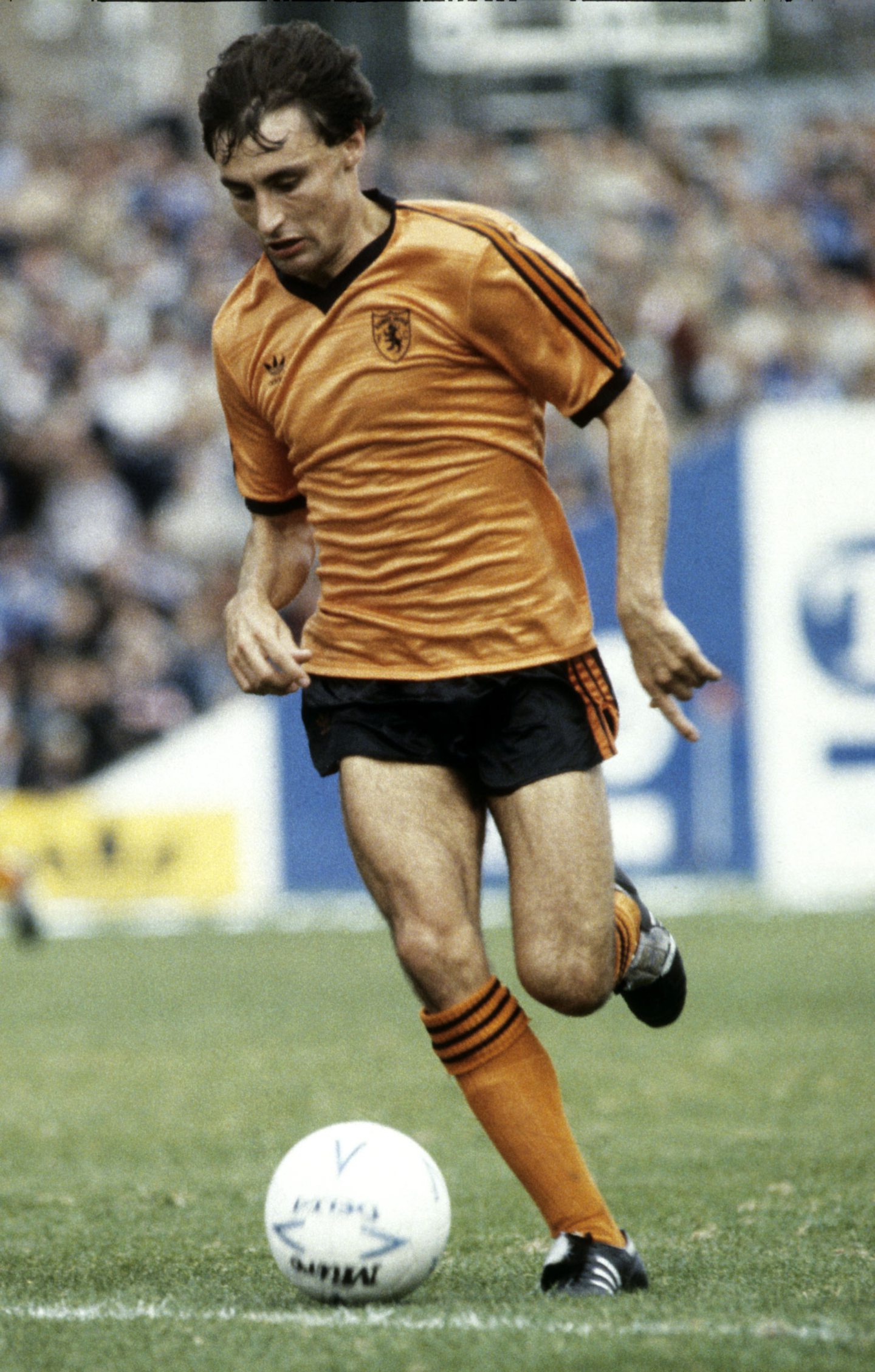
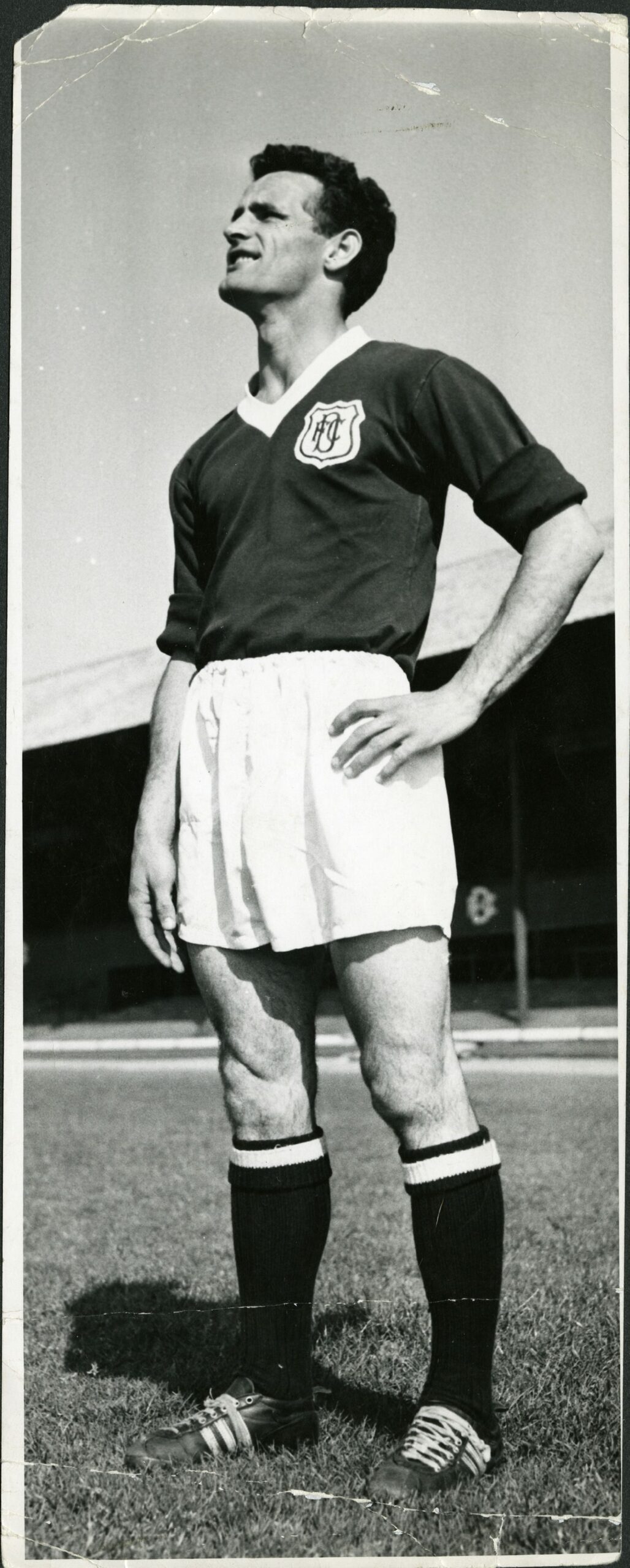
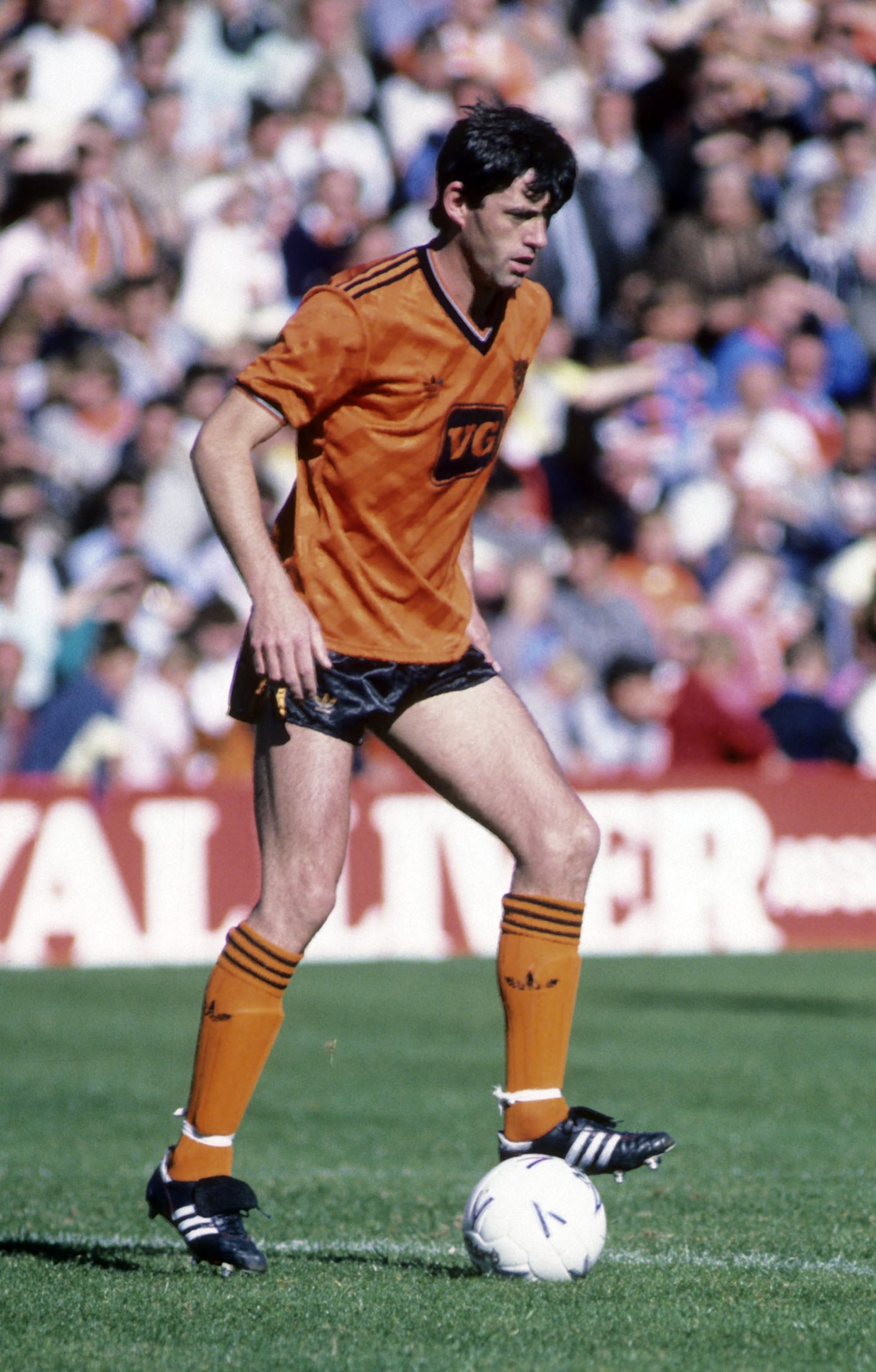
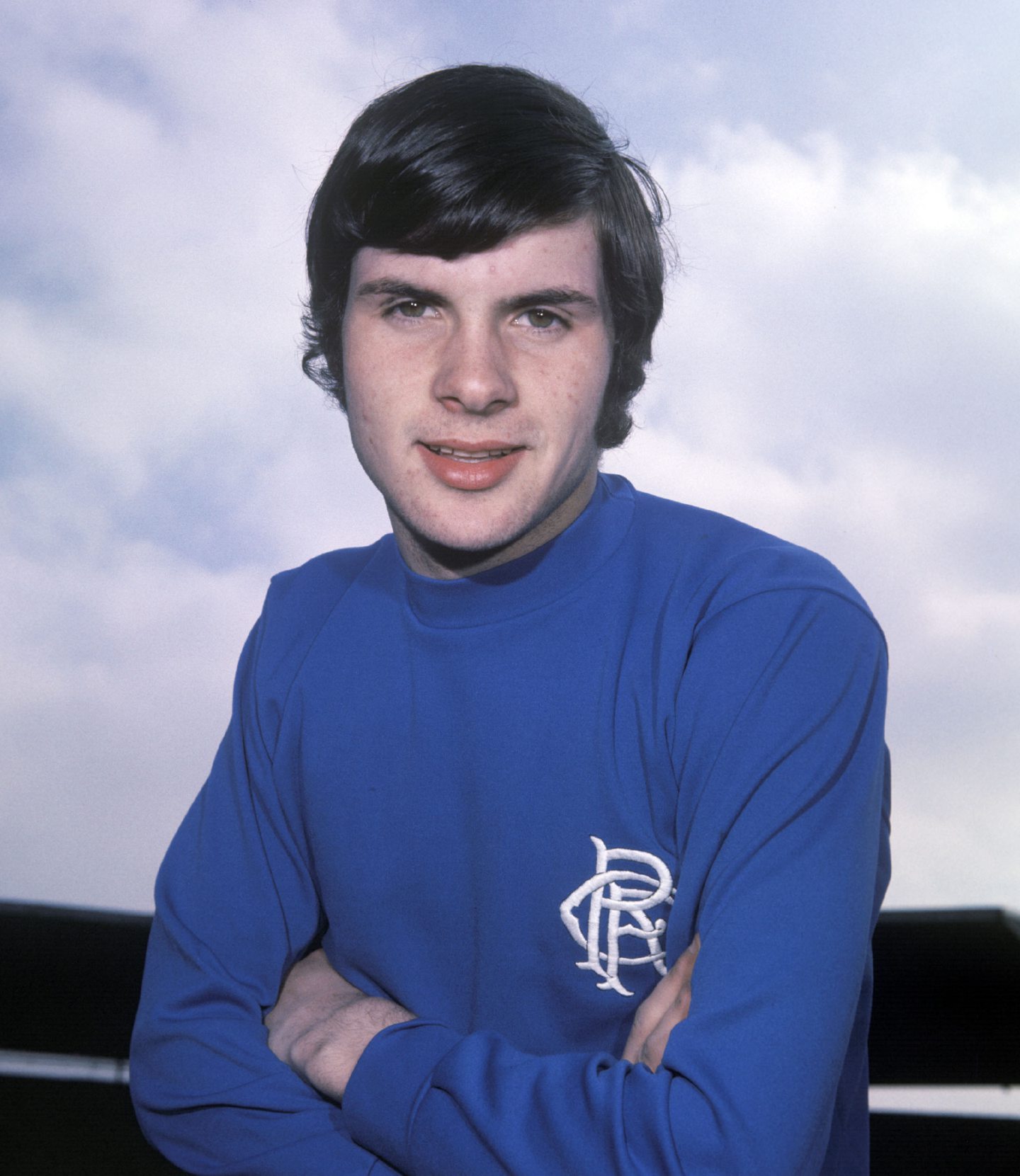
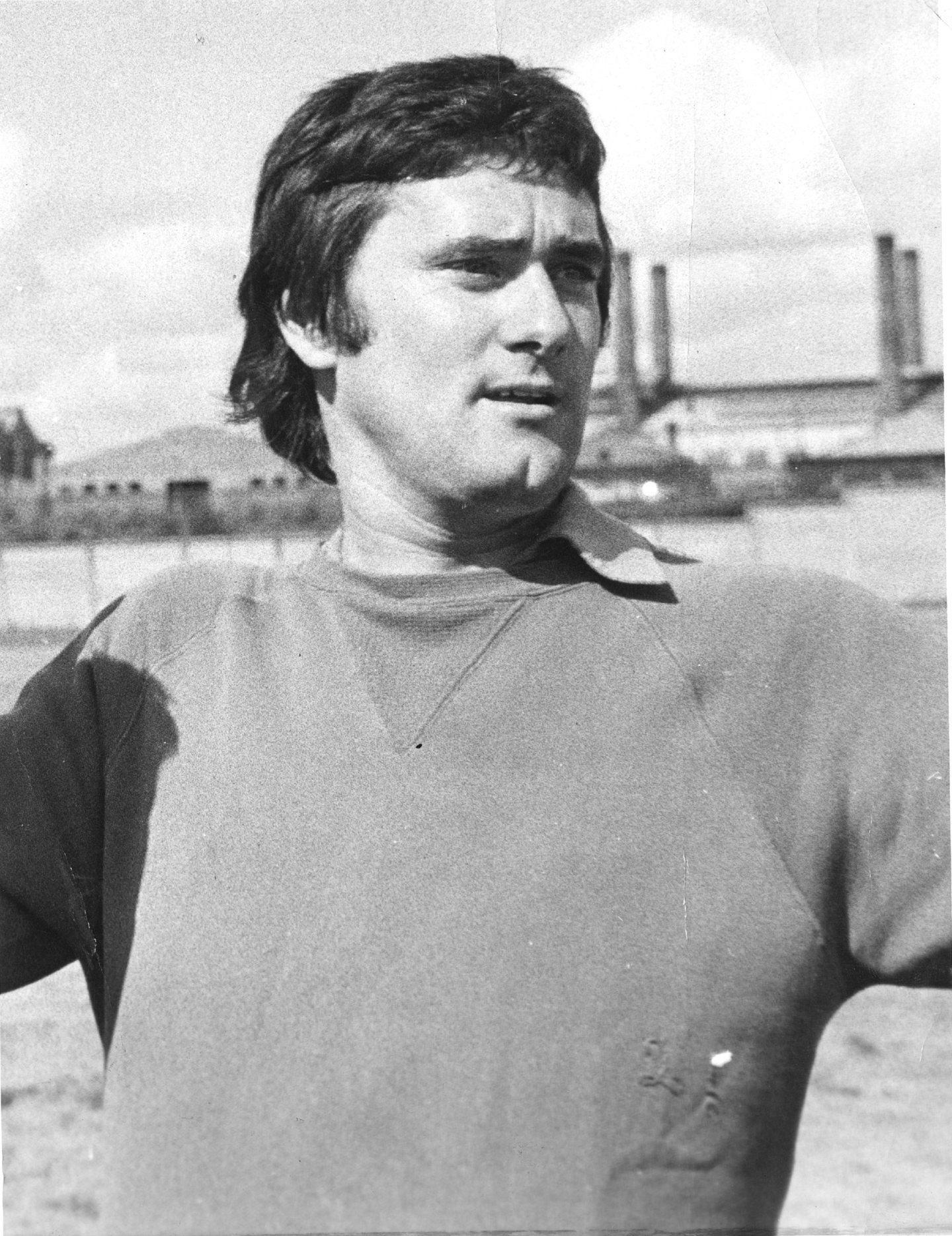
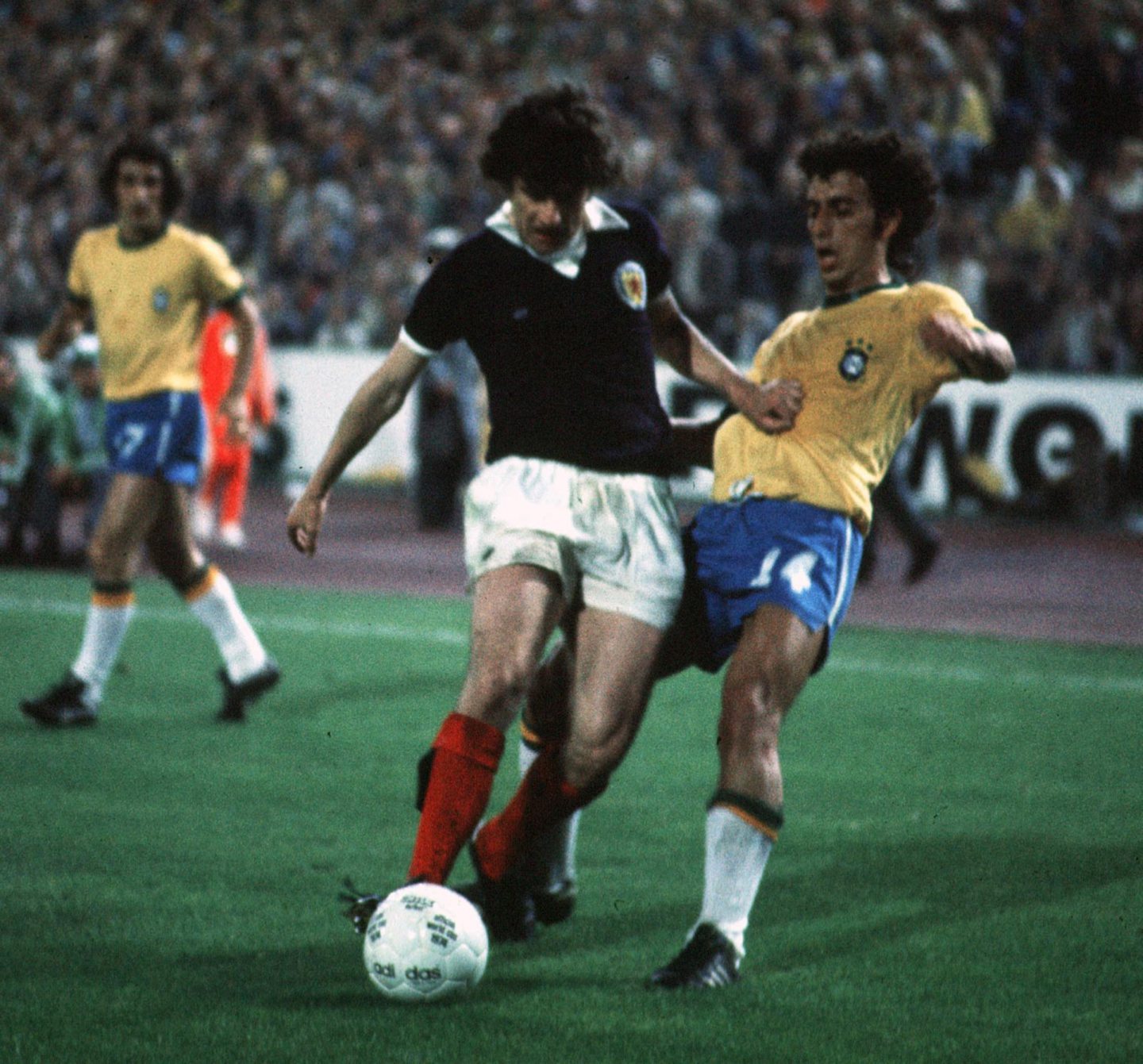
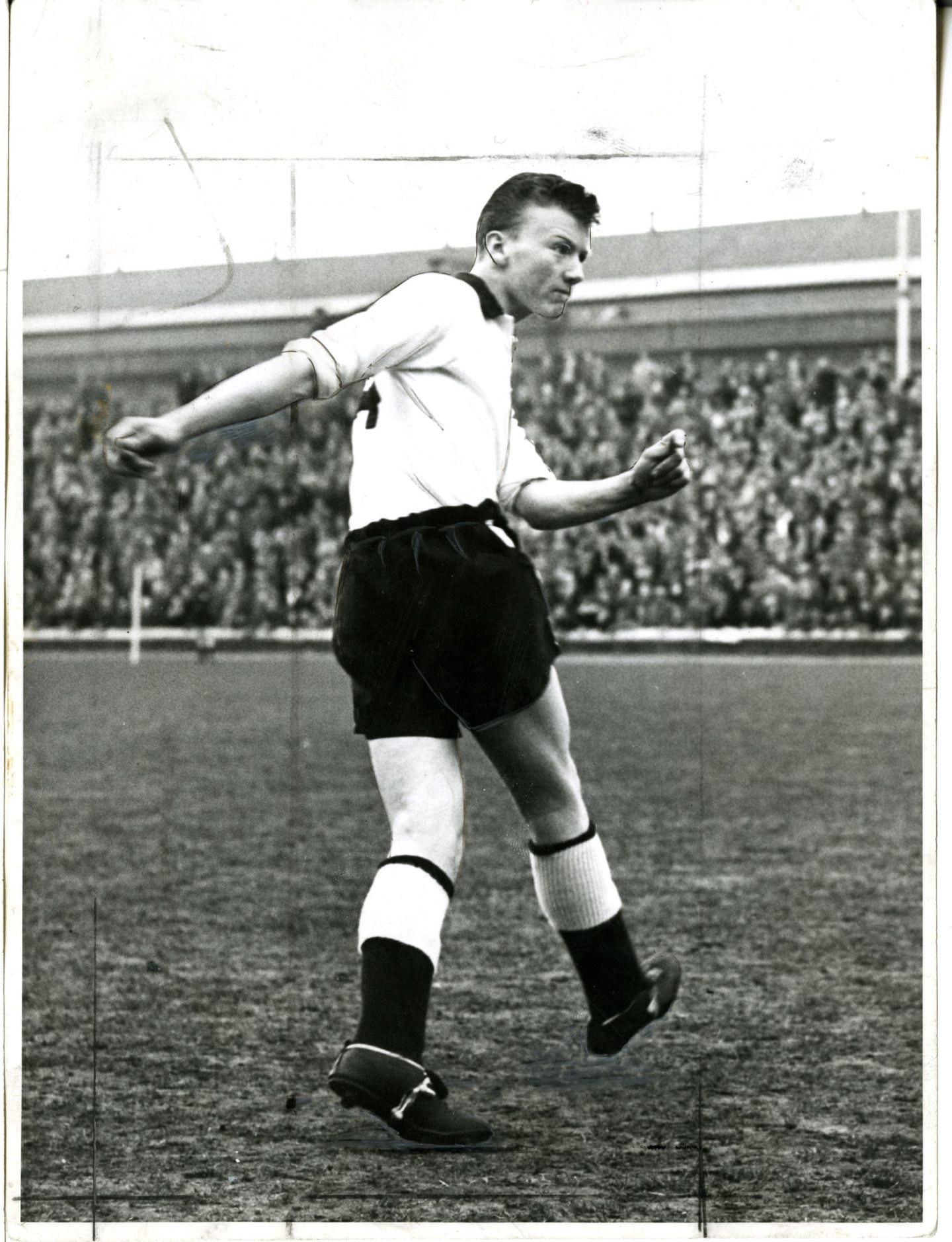

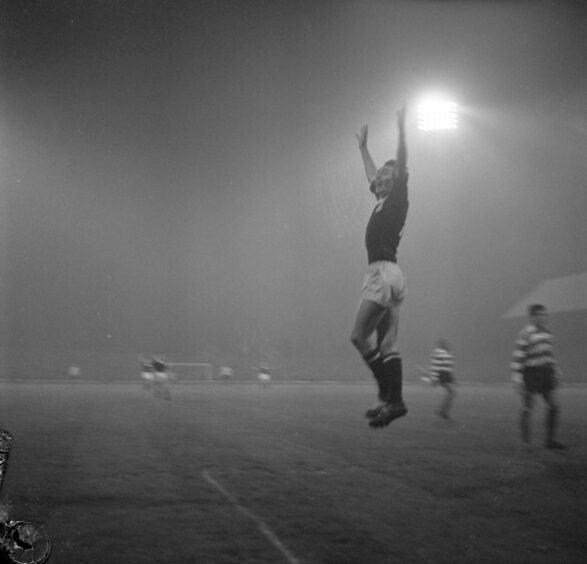
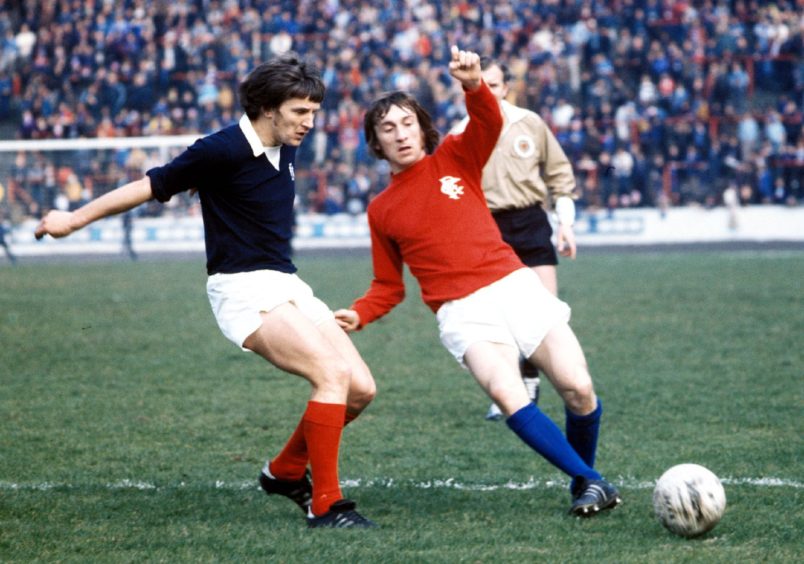

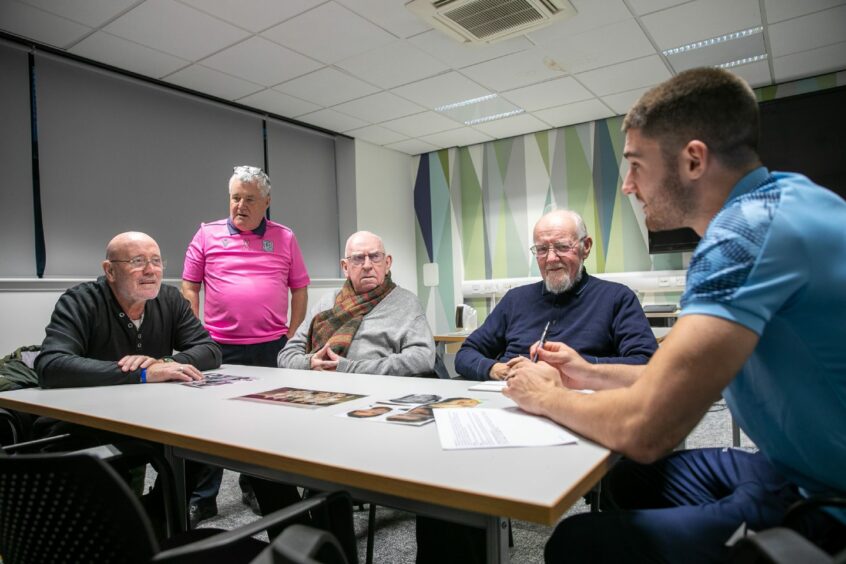
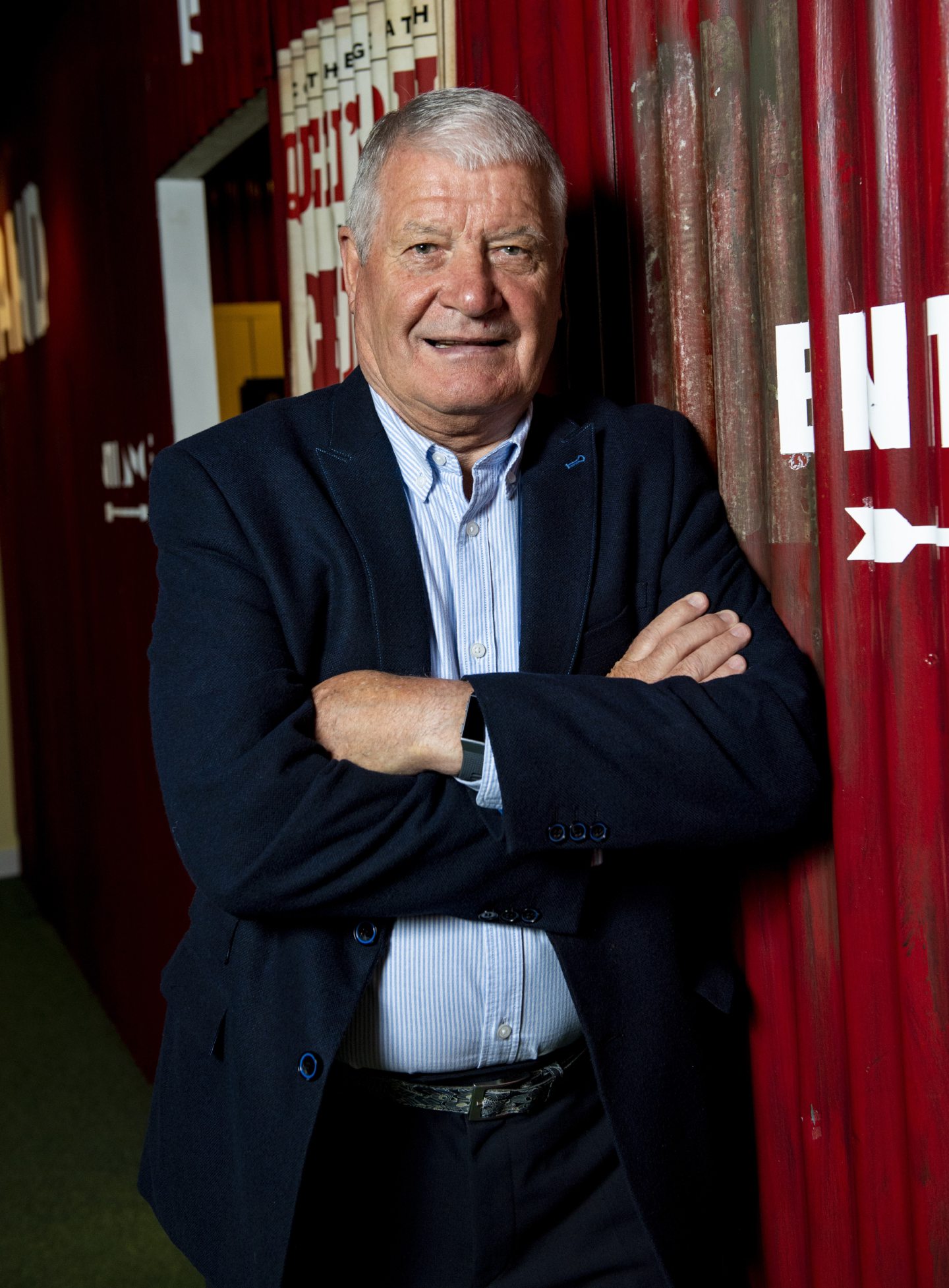
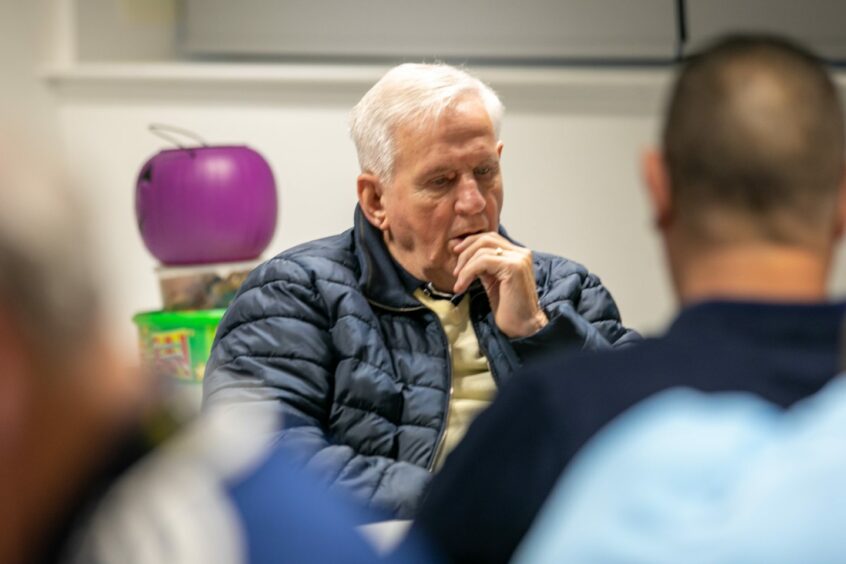










Conversation